Table of Contents
UPDATE: If you need to do this for Windows 10, read here.
Windows updates are generally a good thing, except when they force the shutdown process giving you no chances to do anything about it except save your work. We're talking about the dreadful "Restarting in XX minutes, YY seconds" countdown message, which happens to be one of the most annoying features of the new operating system, even among those - including me - who actually like it.
Luckily enough, there are some ways to prevent this feature from happening, depending on which version of Windows you’re using, or just to shutdown the countdown.
Method 1. Local Group Policy
If you have Windows 8 professional, keep reading: this is hands-down the easier and most proper way to deal with that issue. If you don't, you won't have access to the Local Group Policy Editor so you'll be forced to skip this one and jump to the next.
Press Win + R to open the run dialog, then type gpedit.msc and press the Enter key.
Navigate through the editor tree until you reach Computer Configuration > Administrative Templates > Windows Components > Windows Update. Look on the right panel and search for the option named No auto-restart with logged on users for scheduled automatic updates installations.
Double-click on it, then change the radio button in the popup window that will appear from not configured to enabled and click OK.
To make the system immediately apply the changes you just made, press WIN + R again and issue the gpupdate /force command...
... And you're done.
Method 2. Registry Editor
If your version of Windows 8 doesn’t allow you to use the Local Group Policy Editor you can achieve the same result using the Registry Editor. Press WIN + R to open up the run dialog, type regedit and press Enter.
When the Registry Editor opens, navigate to HKEY_LOCAL_MACHINE\SOFTWARE\Policies\Microsoft\Windows\WindowsUpdate\AU : if you don't have the WindowsUpdate and/or the AU keys you will need to create them. Inside the AU key, create a new 32-bit DWORD called NoAutoRebootWithLoggedOnUsers, then double-click on it and set its hex value of 1.
There isn't an option to apply the settings live, so you'll have to reboot your PC... and then you're done.
Method 3. Stop the Countdown
If you ain't interested in disabling the auto-restart feature as a whole and you just want to prevent the PC to shutdown for your current session, you can do that using either PowerShell or Command-Line:
PowerShell
Launch PowerShell and type the following command:
|
1 |
Stop-Service wuauserv |
Command-Line
Open up a command prompt (as an Administrator, i.e. with administrative rights) and type the following command:
|
1 |
NET STOP wuauserv |
or, in case this isn't working:
|
1 |
NET STOP "Automatic Updates" |
And you'll be set.
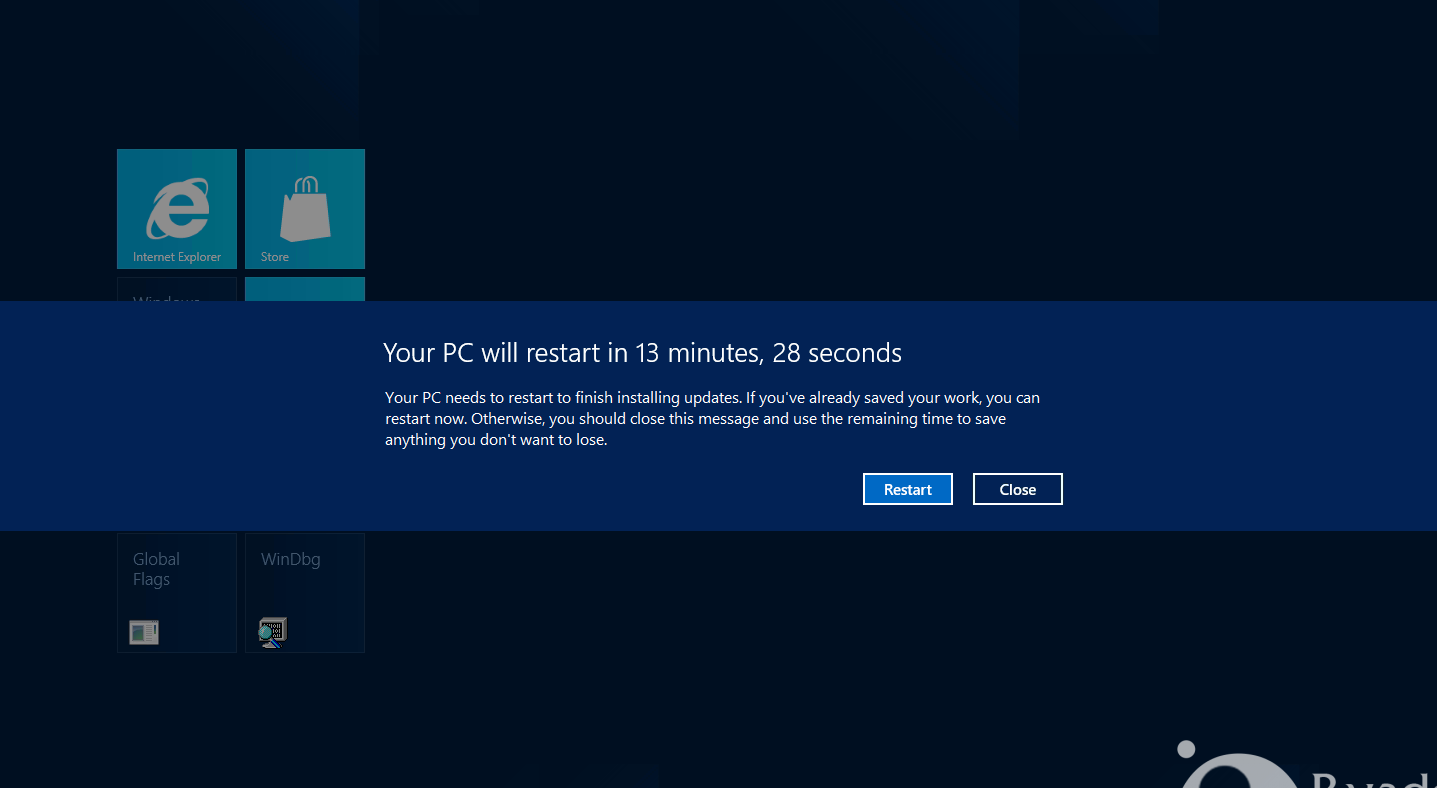
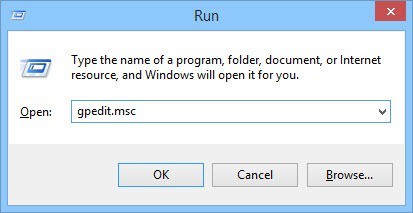
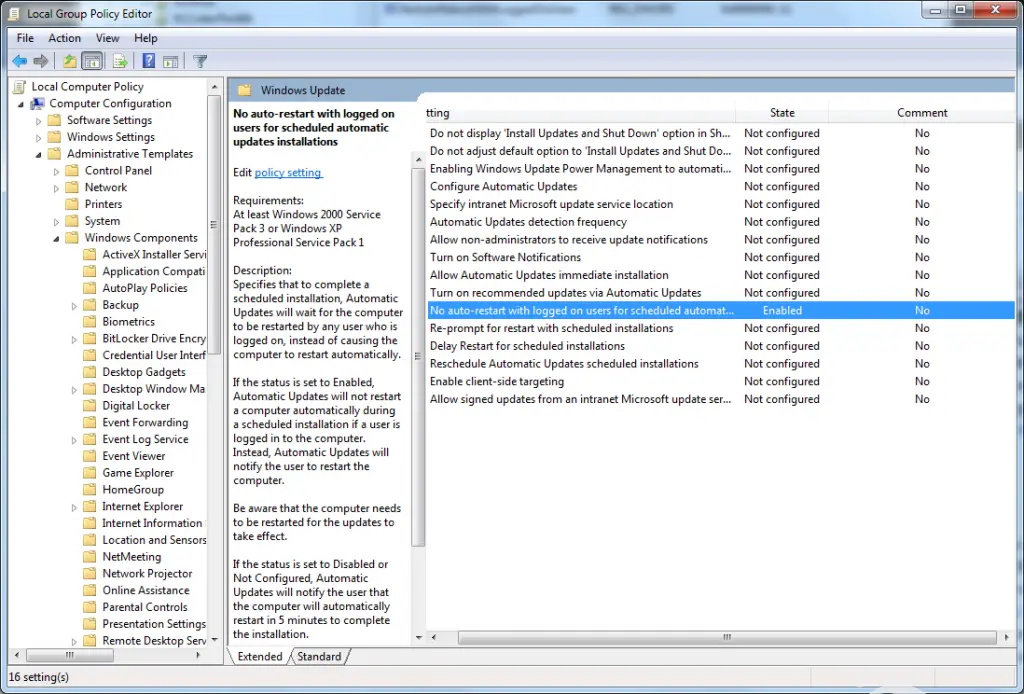
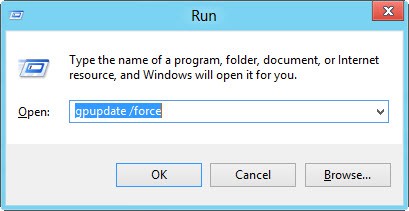
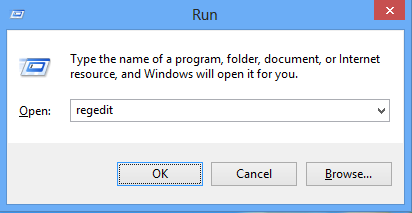

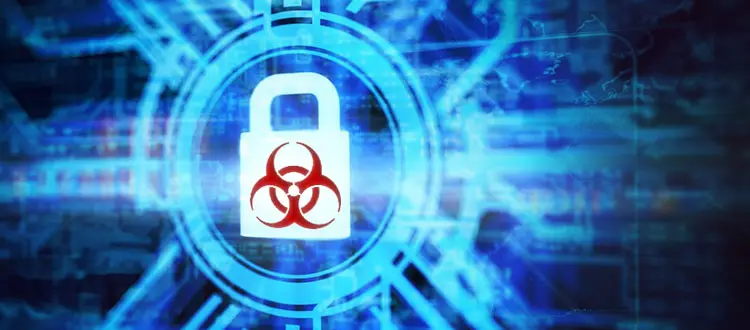
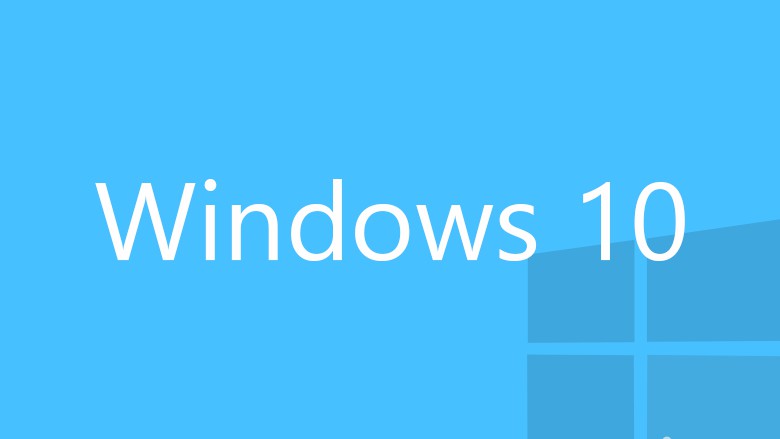
Here we are in January 2022 and this old post just saved me a week (near complete 10-day process threatened of interruption by forced reboot). Thank you